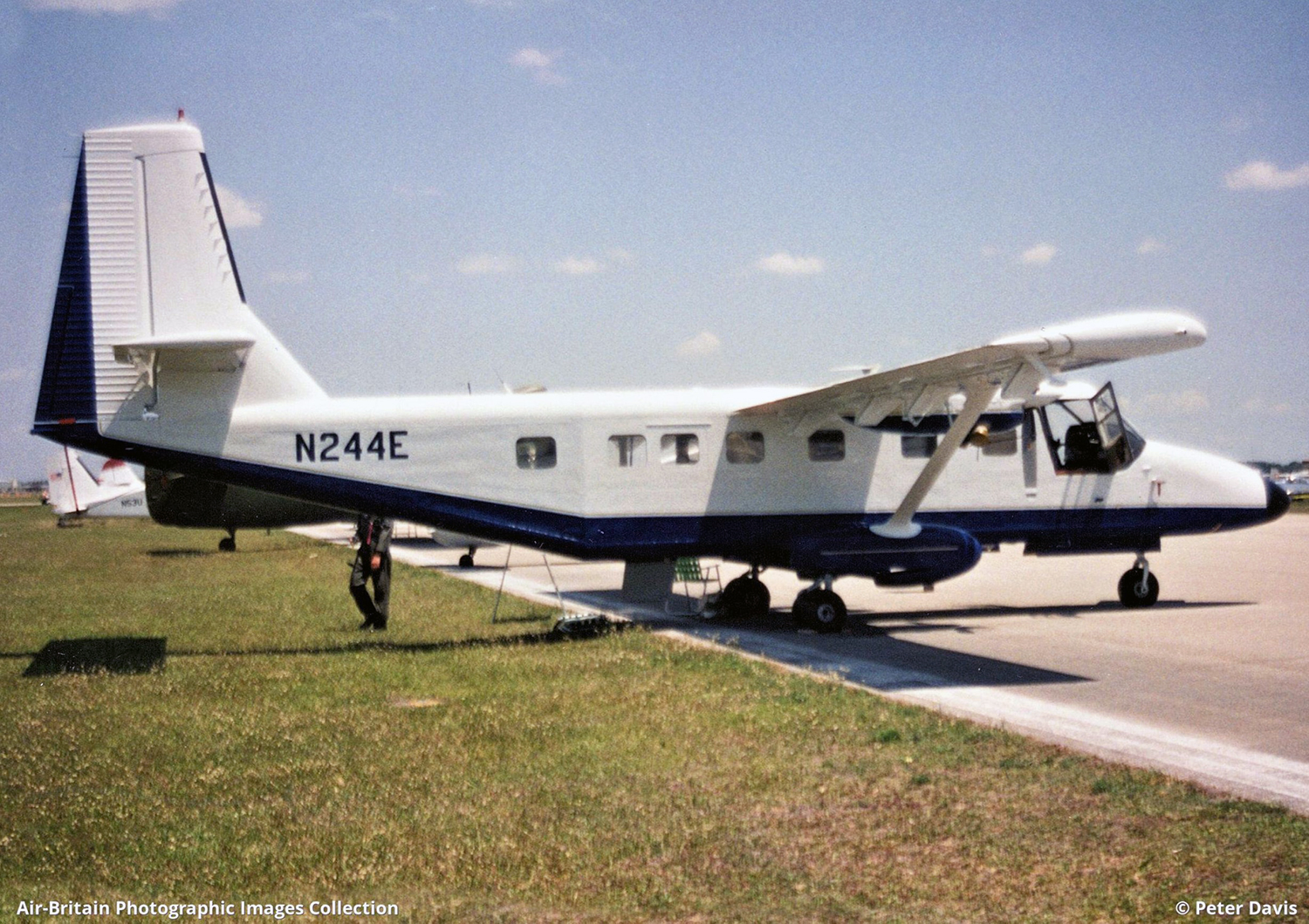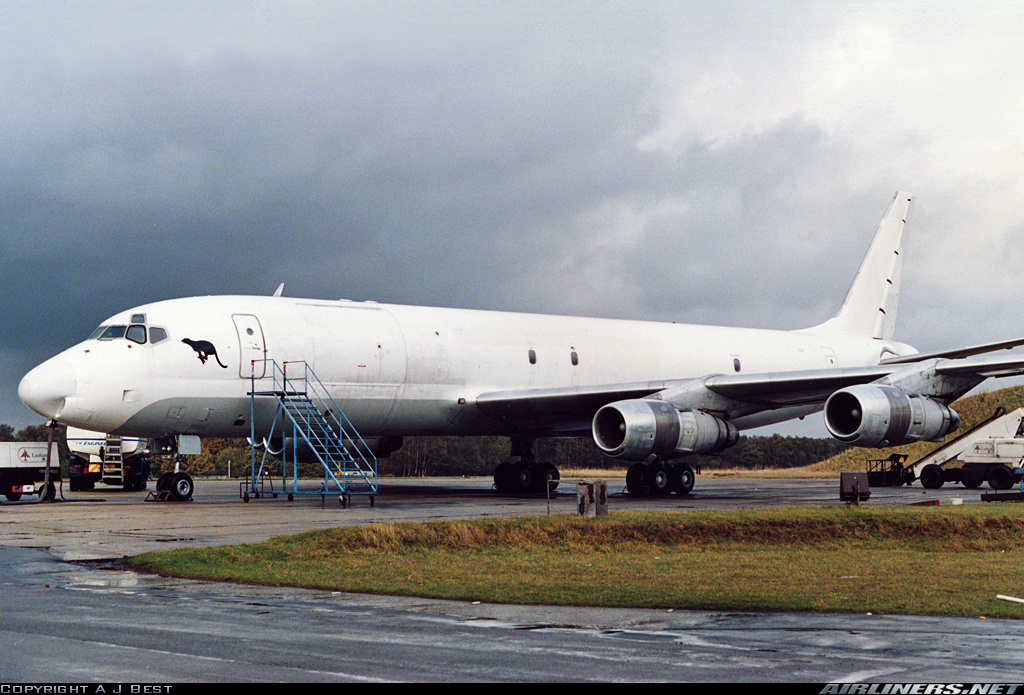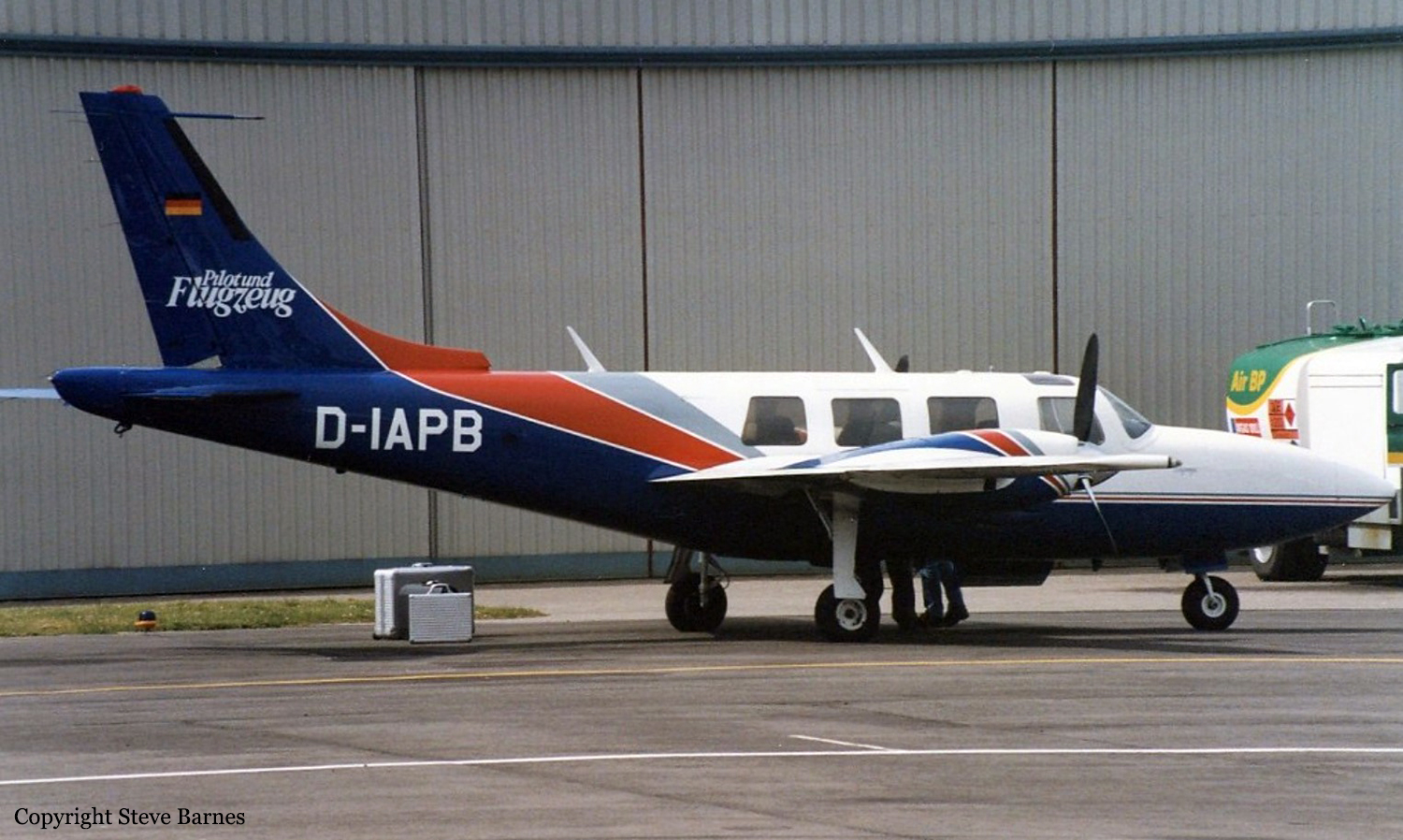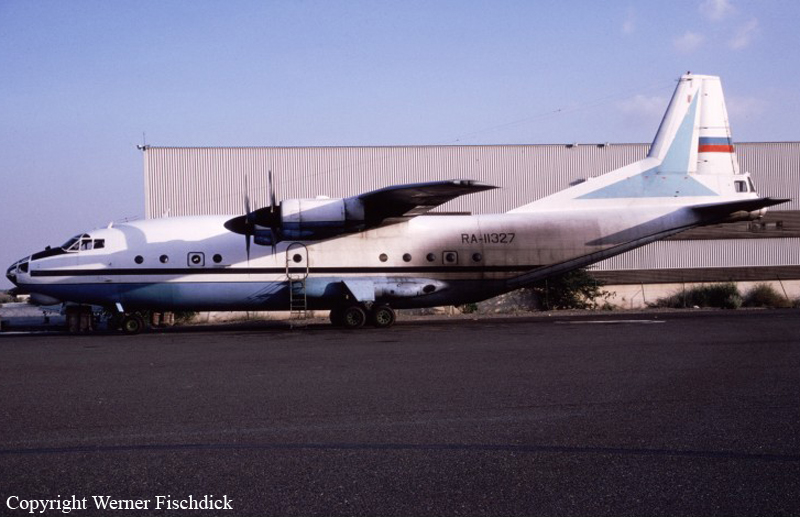Crash of a Cessna 402B in Spencer
Date & Time:
Nov 29, 1997 at 0900 LT
Registration:
N22NC
Survivors:
Yes
Schedule:
Cedar Rapids - Spencer
MSN:
402B-0227
YOM:
1972
Crew on board:
1
Crew fatalities:
Pax on board:
0
Pax fatalities:
Other fatalities:
Total fatalities:
0
Captain / Total hours on type:
197.00
Aircraft flight hours:
7998
Circumstances:
The pilot made four missed ILS approaches at the airport. He stated that he did not see the approach lights during any of the approaches and did not feel comfortable making a landing. The reported visibility during these approaches was 1/2-statute mile. On the fifth approach the pilot said he had '...mistaken closely inline cars and a road for the MALSR and runway.' He pilot stated the airplane continued to descend after initiating a go-around. He said he saw oncoming traffic in front of him, and turned the airplane to the right. He said he lost altitude and the right wing struck the ground. The pilot's employers operations specification require a 1/4- mile increase in visibility for an ILS approach that does not have an operating approach lighting system. The approach lights were checked by the airport manager and were confirmed to be in working order. An on-scene investigation revealed no pre-accident airframe or engine anomalies that would have prevented normal flight.
Probable cause:
The pilot failure to comply with the prescribed IFR procedure and his not following his company's operations specifications. Low clouds and fog were are contributing factors.
Final Report:












